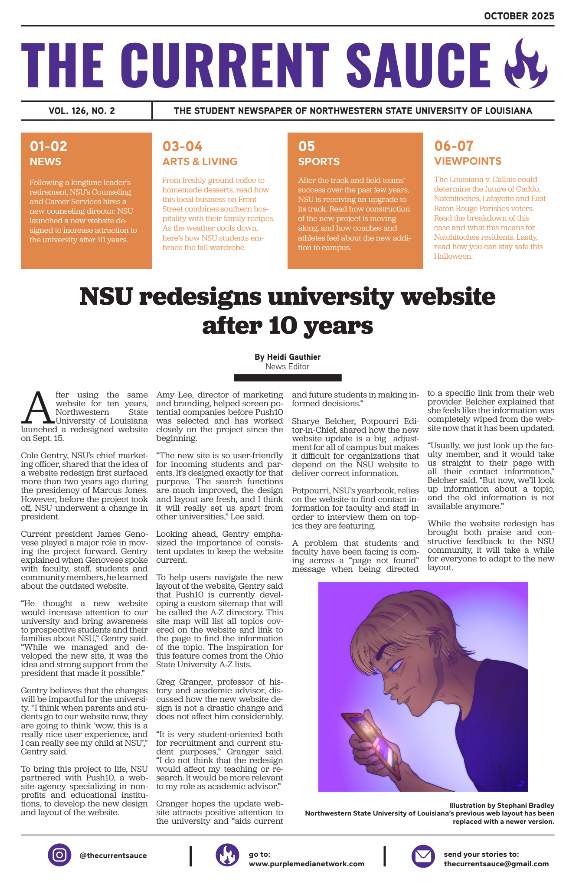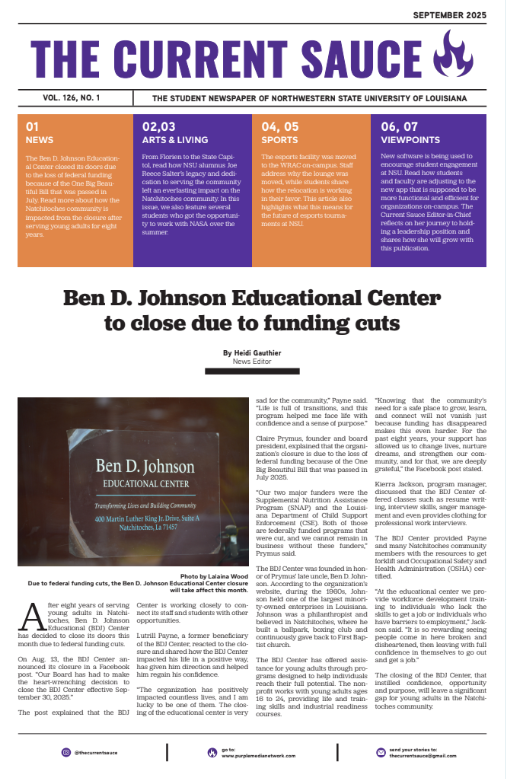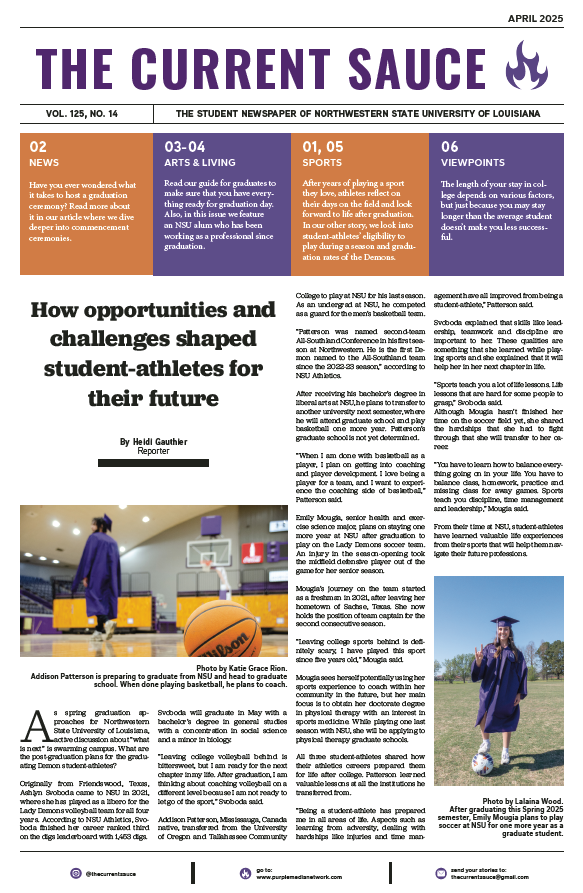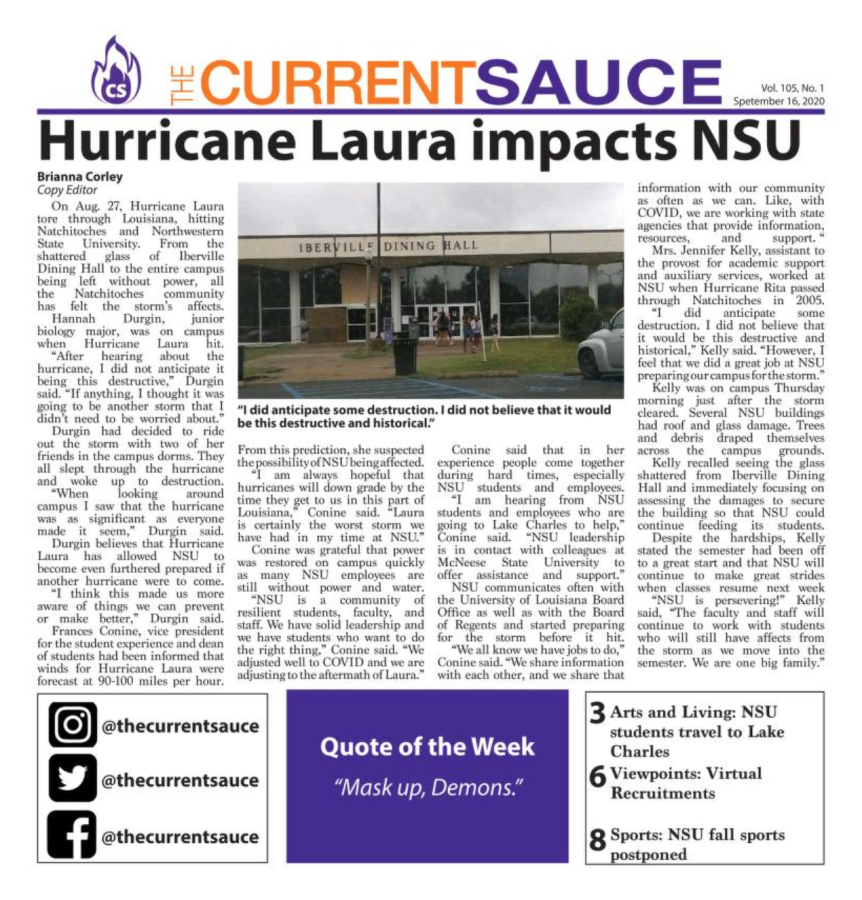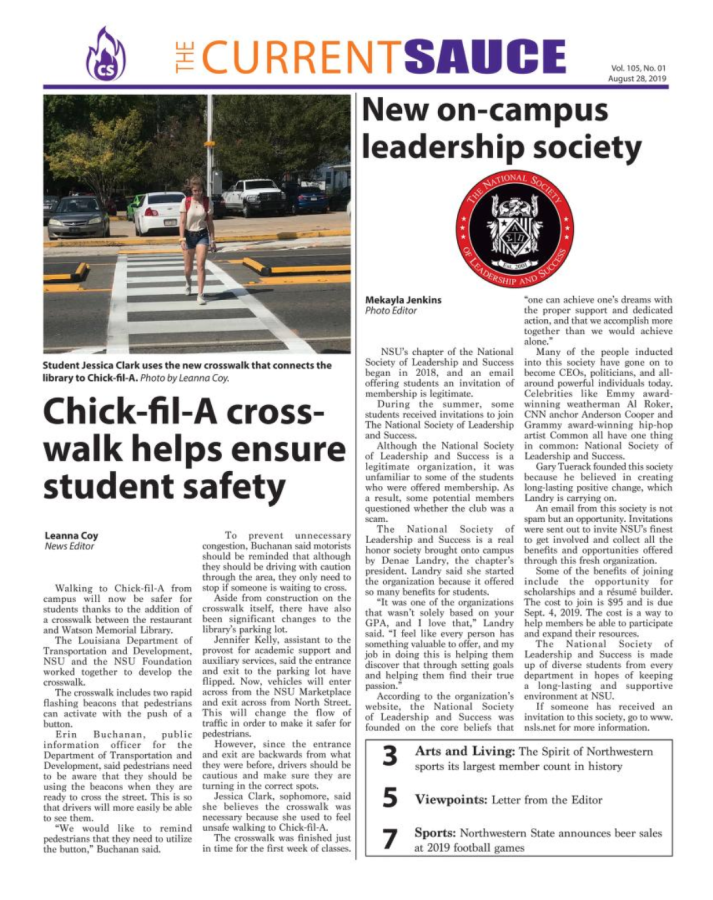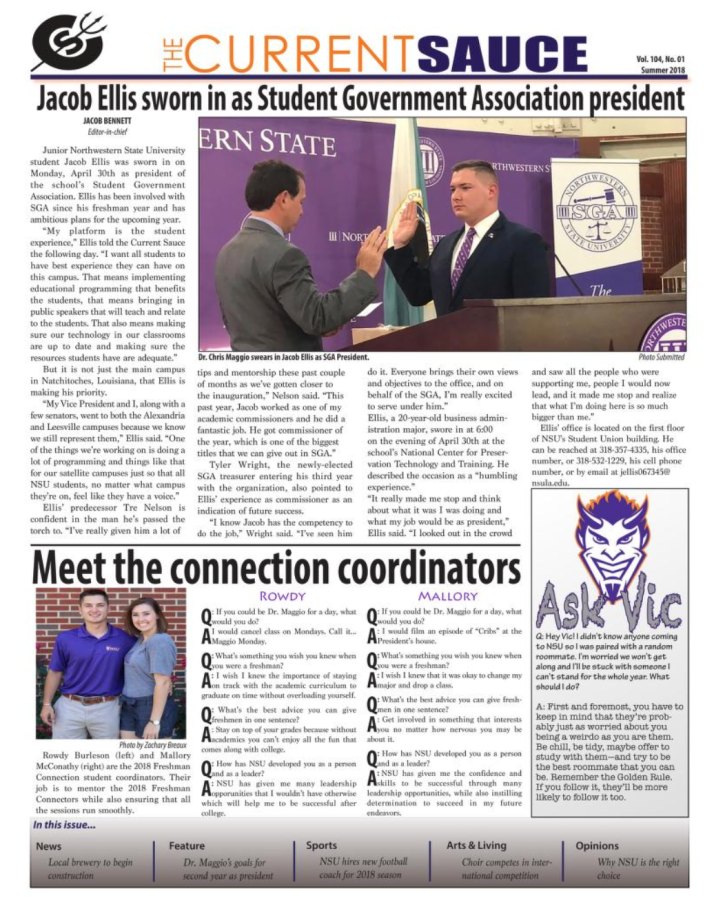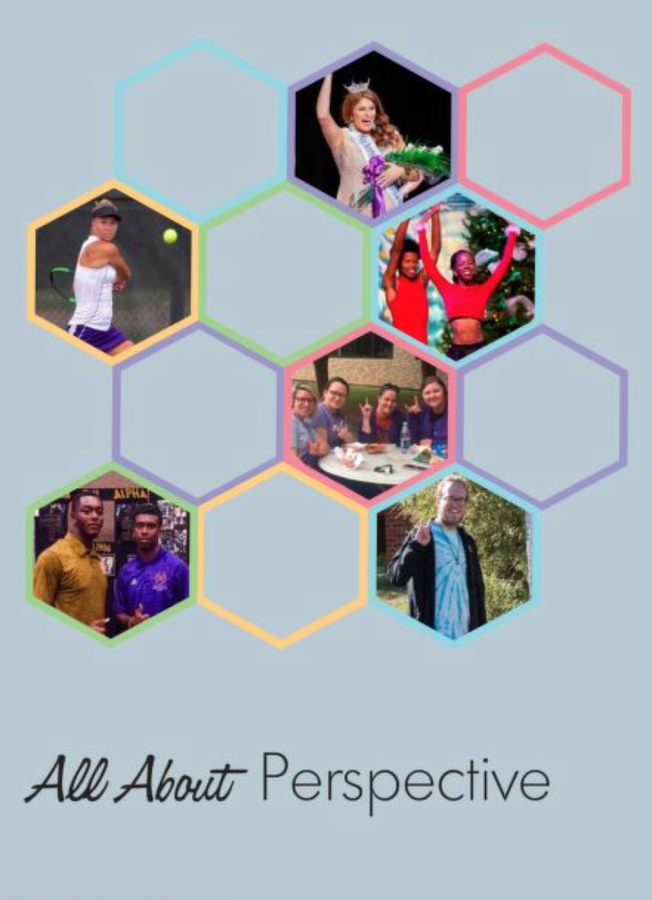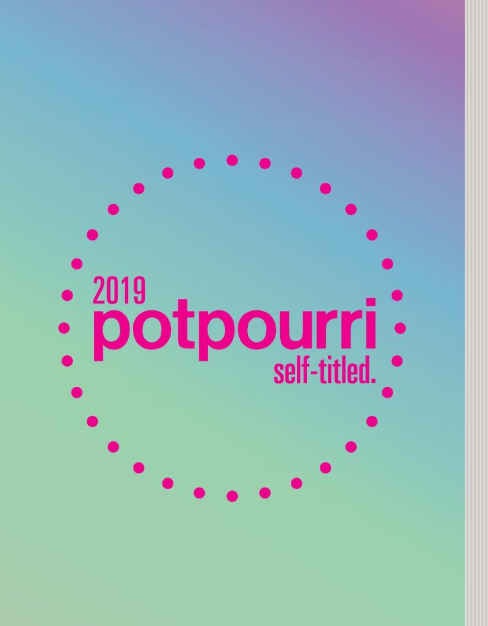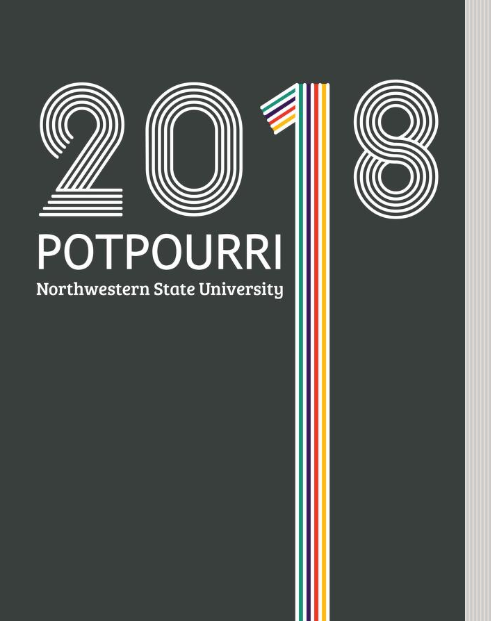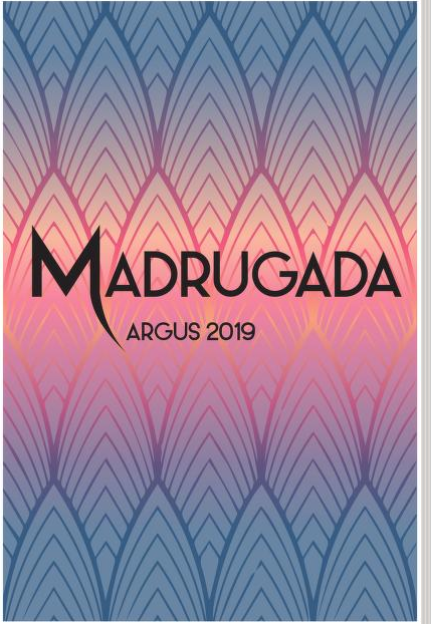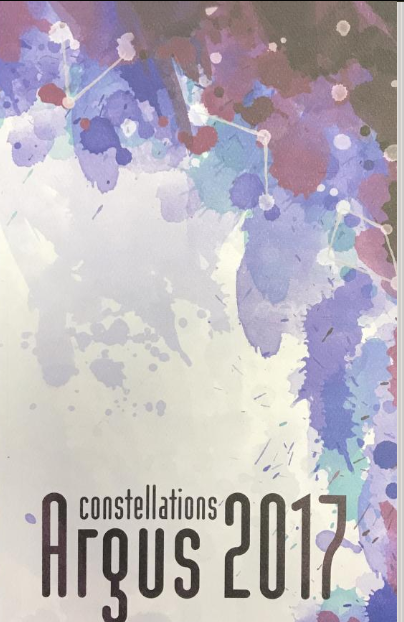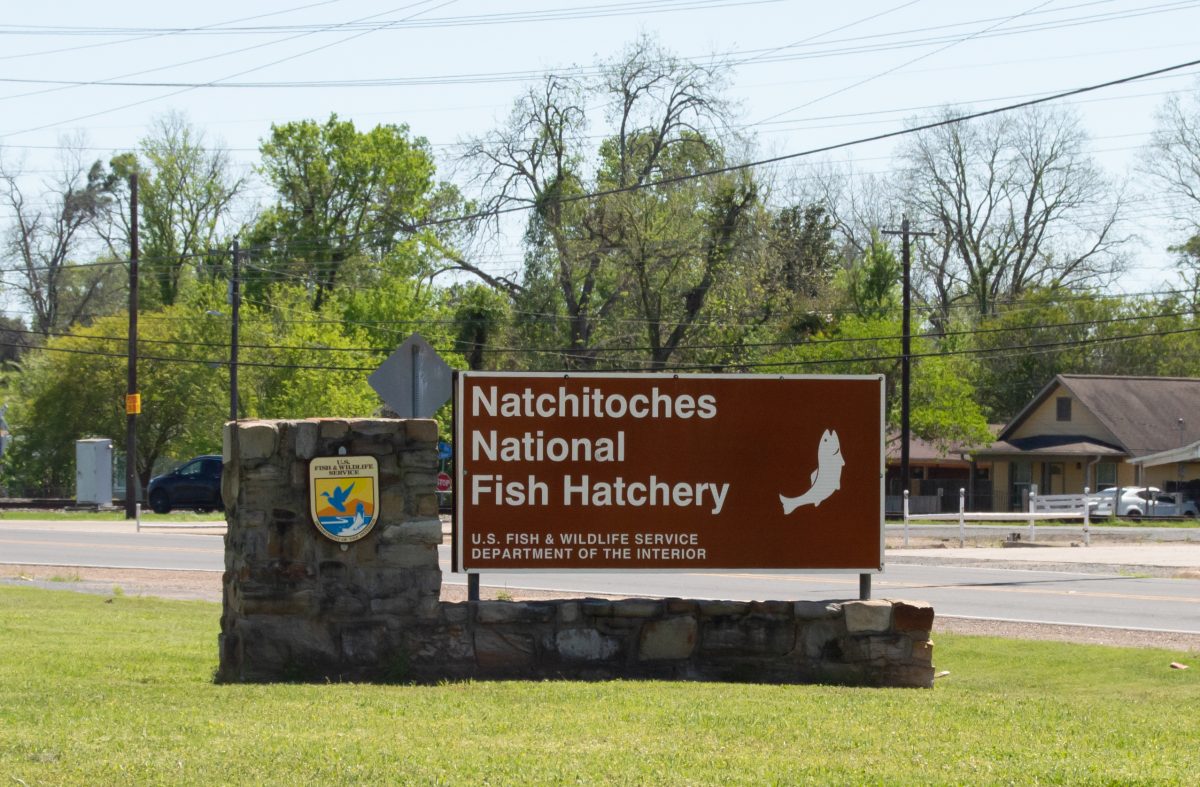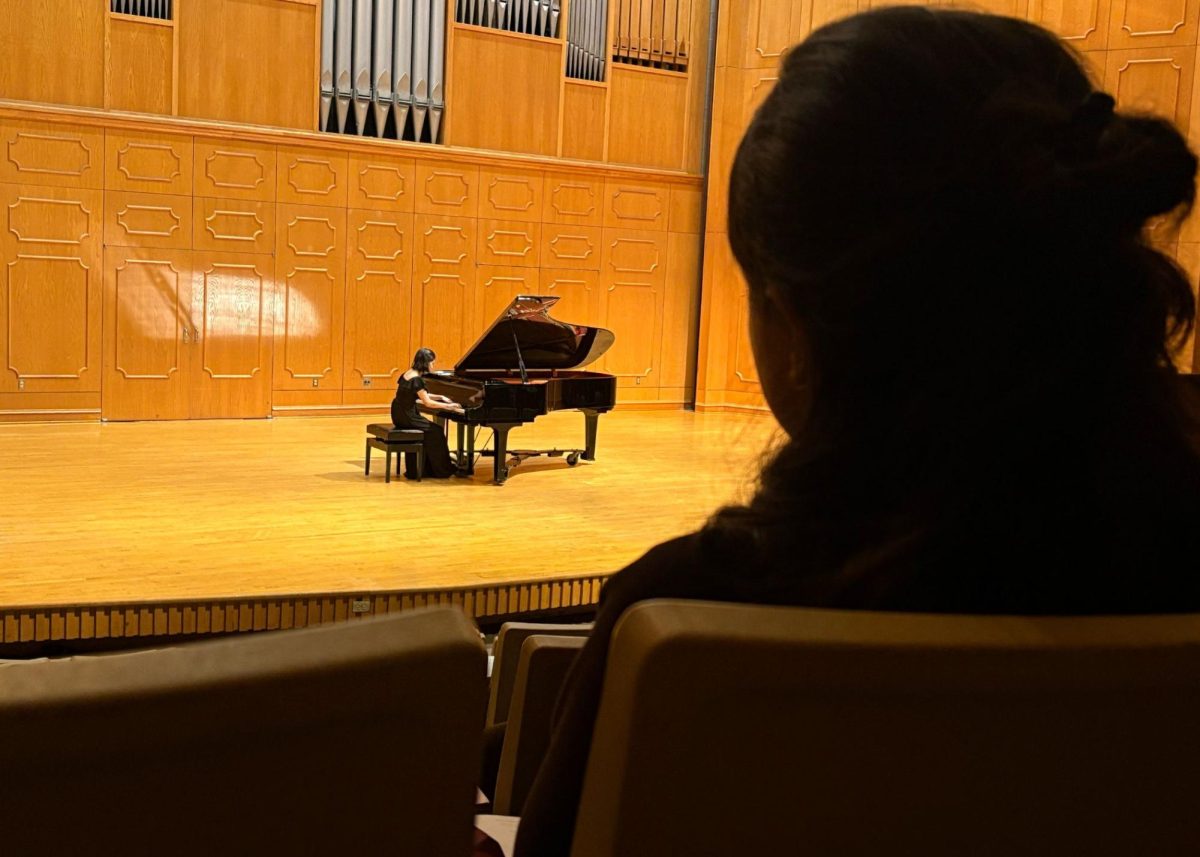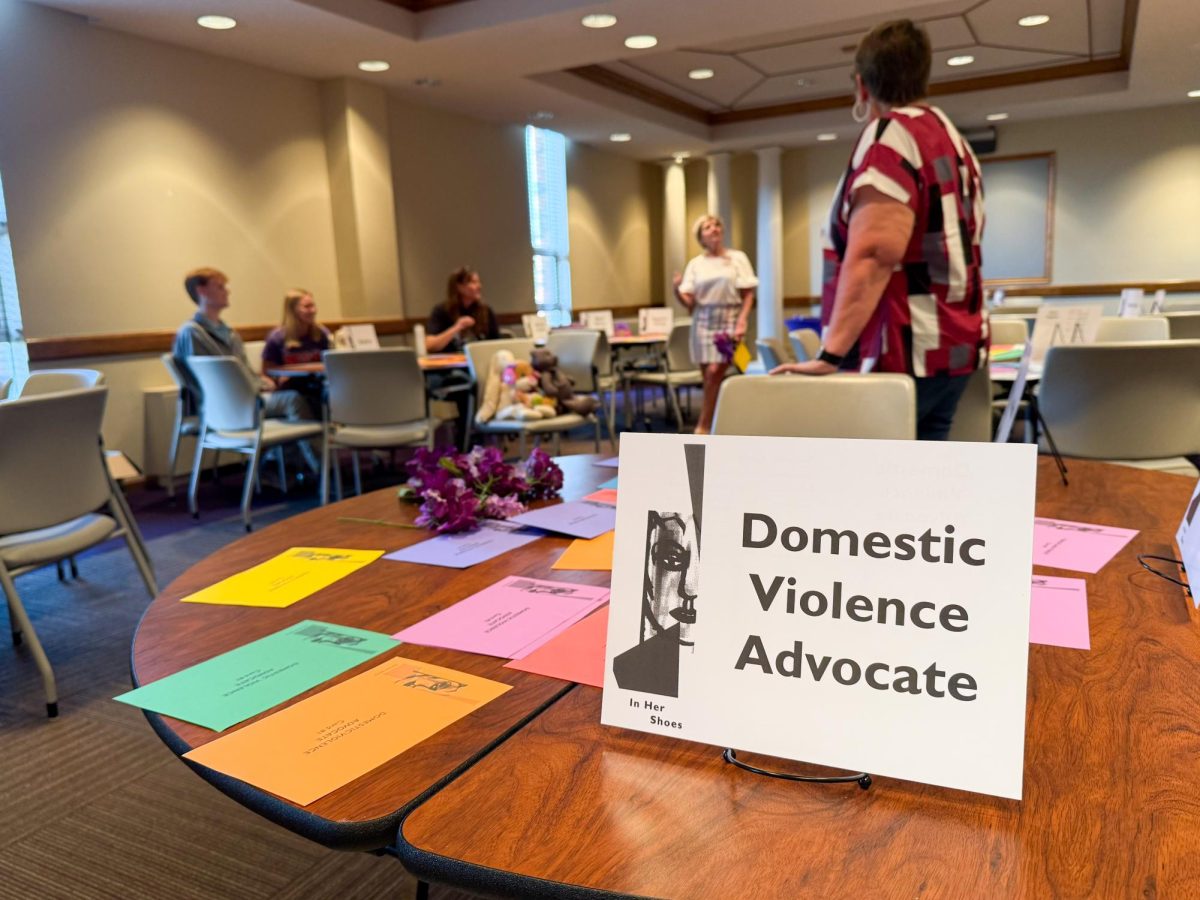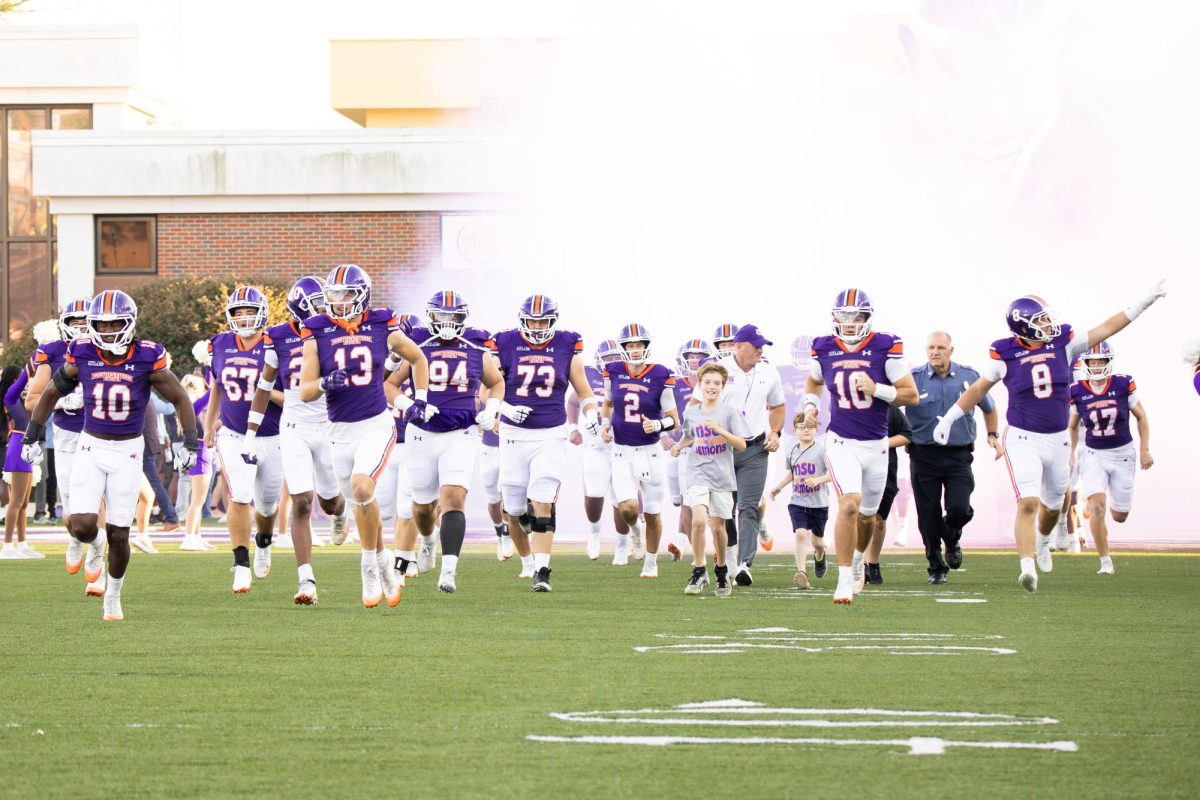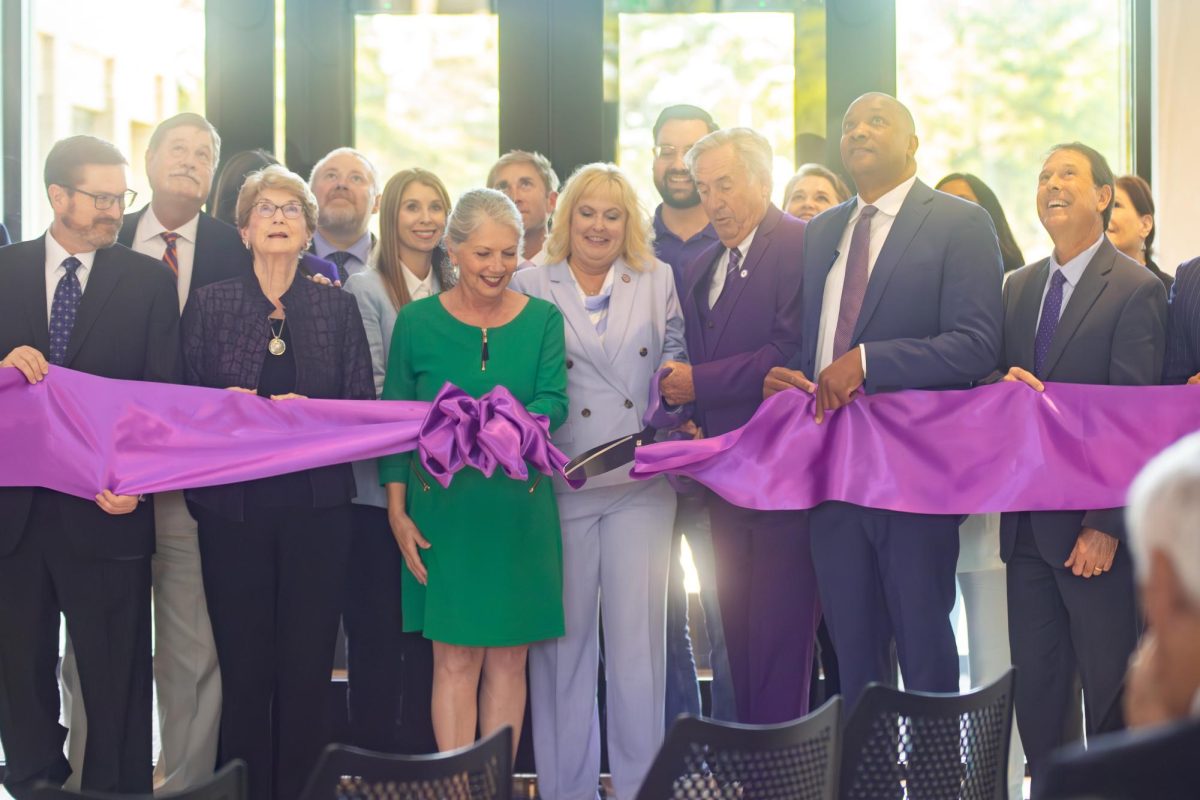Inside a dimly-lit room, there are large tanks filled with water. Creatures ranging from turtles to catfish to a small alligator swim about. Outside of this aquarium, there is land on which numerous species reside. Also on this land, there are people dedicated to conserving these species.
This area is known as the Natchitoches National Fish Hatchery, a place dedicated to restoring certain species for many generations to come. It has been around since 1931, the same time as the Great Depression. Before it was under the United States Fish and Wildlife Services as it is now, it was originally set up under the bureau of fisheries.
“That was before the fish and wildlife service was an agency. It was initially set up for recreational fish to supply farmers’ ponds,” Brett Hortman, the project leader at the Fish Hatchery, said. “We would give out fish to farmers to put in their ponds so they could fish and catch them for food.”
The hatchery was a large contributor to farmers during the Depression, but this land holds much more history.
“When they constructed the hatchery in 1931, they discovered it had artifacts from Native Americans on the land; they used to keep some of the artifacts at Northwestern State University of Louisiana,” Hortman said. “Back in around 2011 or so, we worked with the Caddo Nation Tribe who were descendants from these Native Americans, and we had a ceremony, and they did what is called repatriation of the artifacts. We made a spot in the back of the property here; they required the artifacts and had a ceremony.”
As part of the repatriation, there is a display kept in the aquarium about the Native Americans’ culture and how the land was used during their time. Those involved with the Fish Hatchery have made sure to preserve the culture that was on the land before the Fish Hatchery, just as they put in effort to preserve the many species that reside there now.
“The mission of the U.S Fish and Wildlife Service is to conserve and protect wildlife and their habitats for future generations. With the fish hatchery being a federal hatchery, our mission is to recover and restore aquatic species,” Hortman said. “We do a little bit of different stuff than that like the gopher tortoises, as it is an endangered species.”
Hortman’s role at the Fish Hatchery is to manage the facilities and supervise the employees. He grew up in Natchitoches and went to NSU, where he pursued a biology degree with an emphasis on wildlife and fisheries management.
“My time at NSU was really really fun. We had a small class of wildlife students, and we were really close, and we all did projects together,” Hortman shared. “It just so happened, when I graduated in ‘96, I was lucky enough to where the fish hatchery had an opening for a fish biologist. I worked here for about 6 years, then I went into the refuge system, which is managing wildlife refuges, but then I came back here 5 years ago.”
Hortman has had a passion for wildlife throughout most of his life, along with the other fish biologists and employees at the Fish Hatchery.
The Fish Hatchery works with over 10 different species: alligator gar, alligator snapping turtles, bluegill, channel catfish, hybrid striped bass, largemouth bass, louisiana pearlshell mussels, paddlefish, redear sunfish and gopher tortoises. With this, the Fish Hatchery is responsible for many things.
“We have 2 main goals here; one of them is recovery, dealing with a lot of threatened and endangered species, and the other is recreational fishing, where our largemouth bass and catfish come in,” Emmet Guy, a fish biologist at the Fish Hatchery, said. “We work with the state, and we help produce a bunch of small fish that then get out all over the state.”
Guy keeps up with the day-to-day operations, overseeing and making sure all the species get fed, cleaned and on the route to going back into the wild. Each task performed for the species has a purpose.
“When you go out fishing, you catch a big fish, pose with it, you might take it home and eat it or you might put it back, but you’re gonna kill it and harm it,” Guy said. “Humans are directly removing that fish from the population, so it can no longer breed or produce offspring, so by producing a lot of the younger fish that are being removed through fishing, we offset that.”
Guy explained the importance of what they do for recreational fishing saying that, if humans are constantly removing adults, the population would constantly decline. With the Fish Hatchery producing numerous baby fish that would have been there had it not been for human interference, they work to keep the population contained.
“There’s also a special tax when you buy hunting or fishing gear; it’s to help pay for places like this,” Guy said.
The Fish Hatchery is a federal facility which acts according to the endangered species act. The Natchitoches Fish Hatchery currently has three threatened and endangered species in the facility, Guy said.
“Our first one is the gopher tortoises, which have been threatened mainly because of invasive species coming in and habitat fragmentation; they can’t get to each other due to roads or neighborhoods being built.”
Guy explained that gopher tortoises have high mortality in the early years of their lives, especially with their soft shells which are easy for predators to get through. Additionally, only 14% of these tortoises make it past the egg stage.
“What we do is we go collect the eggs and bring them back in here to incubate them, raise them up and then put them right back where we got them from. The main point is to get them through that vulnerable period to help them survive,” Guy said. “They’ve done studies to find that about 80% live year after year when raised at a hatchery.”
The hatchery has this same process with alligator snapping turtles. There’s a reason why the hatchery is hard at work to preserve these species, just as all the others.
“Gopher tortoises are ecosystem engineers, such as beavers,” Guy said. “In the wild, they dig holes which provide habitat for other species as some sort of protection from the cold, from fires or predators. By helping gopher tortoises out, it helps out the whole ecosystem because over 400 animals benefit from them.”
With all of the responsibilities at the Fish Hatchery, they welcome volunteers and students for unpaid internships. A lot of work goes on at the Natchitoches National Fish Hatchery to keep the facilities fit for all the species and visitors.
“We keep up with lawn work, the maintenance on the building, we haul the species that we have here, and we also work with the biologists doing stuff with the species,” Steven Carbin, one of the maintenance workers at the Fish Hatchery, said. “It’s a good place and a good job. I definitely encourage students to volunteer if they’d want to get this kind of work; you get a lot of freedom working here.”
Volunteers at the hatchery are a great help to the employees, and their work has a real, lasting impact on certain species and the environment.
“I know that, with today’s day and age, getting paid is the goal, but sometimes those pre-opportunities that you have to spend some time doing will pay for themselves later,” Lindsey Adams, a fish biologist who was formally in charge of the mussels at the Natchitoches National Fish Hatchery, said. “That’s how I ended up 13 years into my career–by offering volunteer work and that’s how I ended up working with mussels.”
Although no longer working at the Natchitoches National Fish Hatchery, Adams is still working with the U.S. Fish and Wildlife Service at a location in Lafayette. At the Natchitoches location, her priority was to make sure that the mussels’ entire life cycles got completed so they could be put back into the wild for recovery.
“I never in a million years would have thought that I would enjoy working with mussels, so it was the volunteer opportunity that had taken me 12 years into my career, 9 years being with the US fish and wildlife service,” Adams said. “For me, volunteering is a way to find out what you do like and what you don’t like. What you don’t like is just as important, and getting hands on experience with that is valuable.”
People with an interest in biology, wildlife management, the outdoors, public outreach or even tourism may find a great opportunity within the Natchitoches National Fish Hatchery.
“It’s a great way to get opportunities, only takes like an hour of your time to come feed and clean, and we will work with you on schedules,” Guy said. “Depending on students’ interests, we can work with them; we do a lot of public outreach, tours and talk for other schools.”
The Natchitoches National Fish Hatchery is open to any volunteers, and they also offer unpaid internships for college students. They prefer volunteers to commit to a consistent schedule, such as the same day each week for a semester.
“I’m a true believer that you’ll do better in something that you’re really passionate about, so the earlier you can find that out the better,” Hortman said. “That way, you can choose what kind of job you want to get before you get out of college and graduate.”
As volunteers get more familiar with the initial tasks they are assigned, such as feeding and cleaning after gopher turtles, they will be offered tasks of higher technical difficulty depending on their interests.
“If you really stick to it and show us that you’re wanting to do this and you like this, we will make that same investment and commitment into you and help you expand to see what interests you want to do,” Guy said.
The Natchitoches National Fish Hatchery is open to visitors every day of the week, as well. Not only do they have an aquarium, but people are also welcome to walk around the 54 ponds. If an employee is available, they also offer guided tours of the hatchery.
For more information regarding the Natchitoches National Fish Hatchery, contact Brett Hortman at [email protected] or make a visit at 615 South Drive in Natchitoches, La. Outside of Natchitoches, the U.S. Fish and Wildlife Service has internship opportunities at both hatcheries and refuges throughout the country. More information on this can be found by searching for the pathway’s internship recruitment at https://www.fws.gov/.

